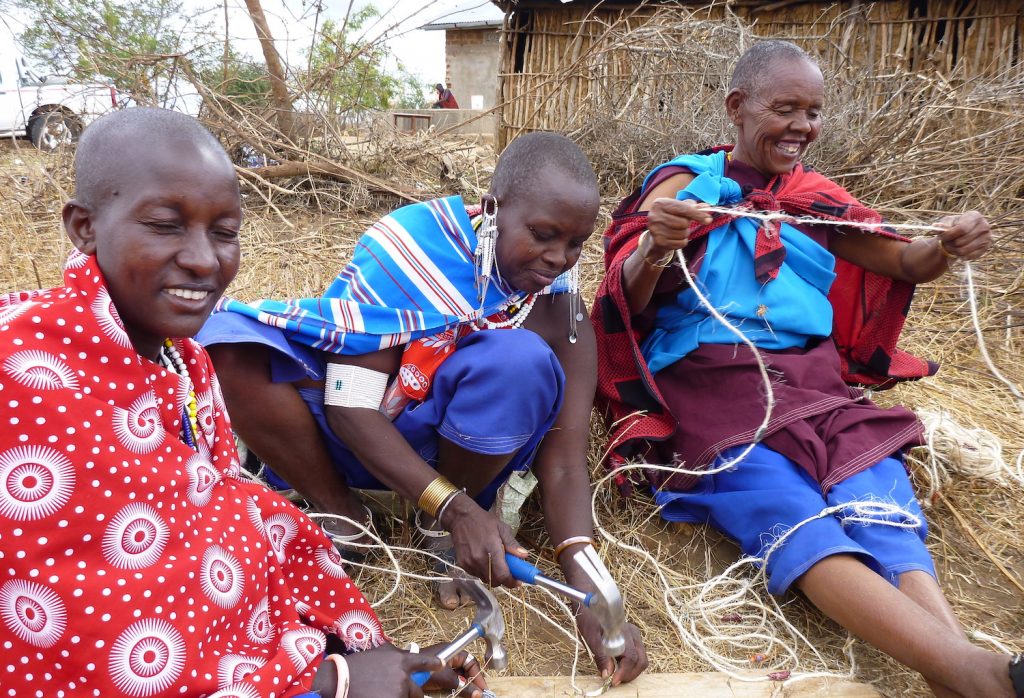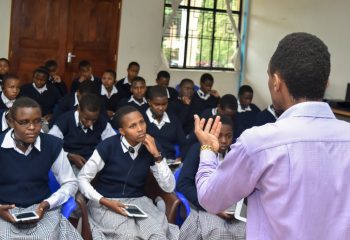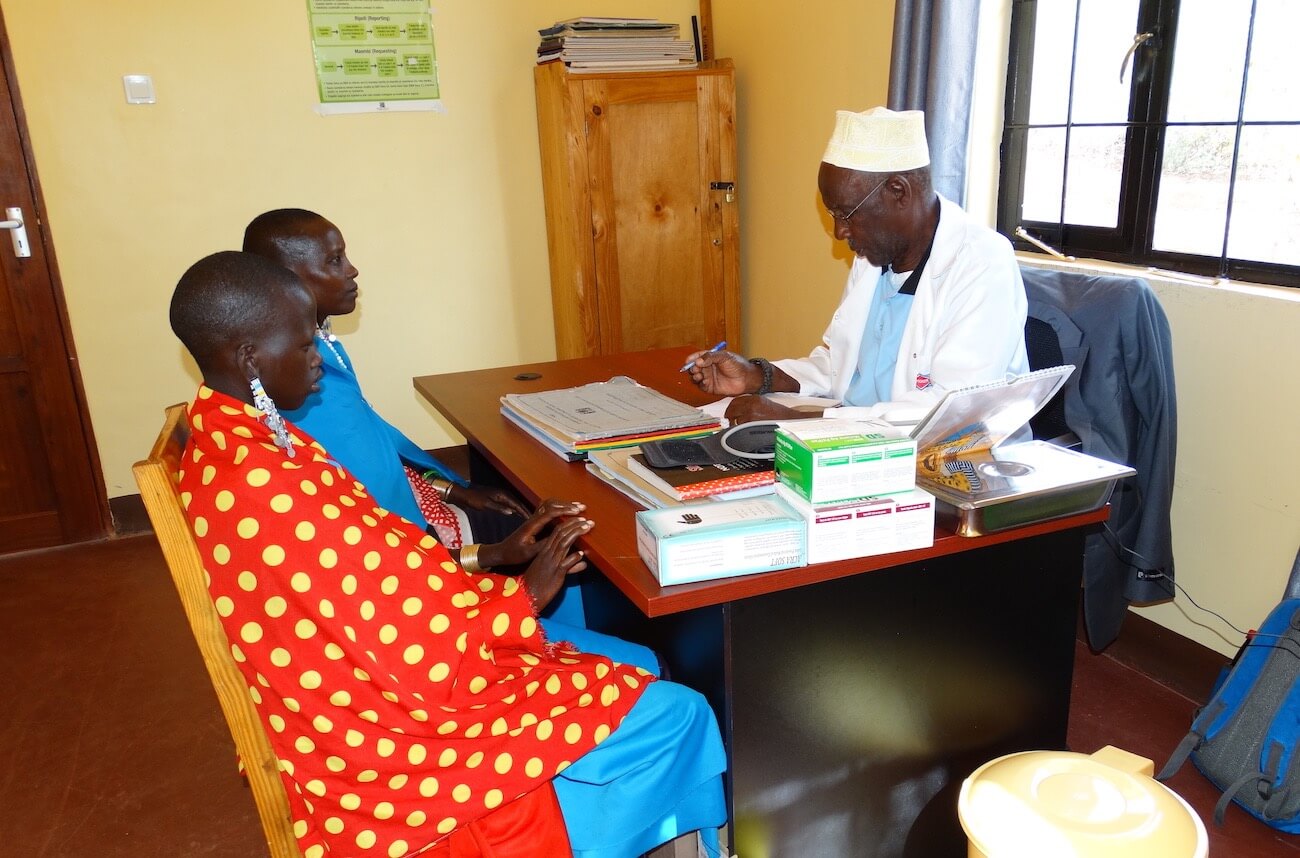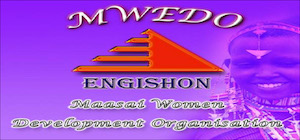
Donation

About Mwedo
WHO WE ARE
MWEDO was founded in 2000 when the three founding members committed themselves to the goal of improving the livelihoods of Maasai women in Tanzania. By 2012, MWEDO has grown into a well-known, member-based development player, which significantly contributes to the availability of basic human and economic services for marginalized women and girls.
MWEDO positively impacts the lives of nearly 60,000 Maasai people through MWEDO’s programs which focus on increased access to education, economic empowerment, health services and land ownership
Vision Statement
Maasai women socially and economically independent and free from poverty
Mission Statement
Improved livelihoods of Pastoralists Maasai women in Tanzania through increased access to education, sustainable economic opportunities and healthcare services
Our Story
MWEDO was initiated by three Maasai women founders Ndinini Kimesera Sikar, Maria Kaheta and Josephine Gabriel Simon. Through experiences of their own struggles, the three founders decided to support other marginalized women to access their rights to education, health and economical rights.
In 1999 when the organization was initiated, Maasai women from northern part of Tanzania gathered in Monduli, a district in Arusha region, to voice their issues regarding gender disparities, violation of human rights, and lack of education for their children including insufficient health services within their communities.
In 2000, and for the very first time, Grassroots Maasai women in Tanzania decided to establish an organization they can call their own.
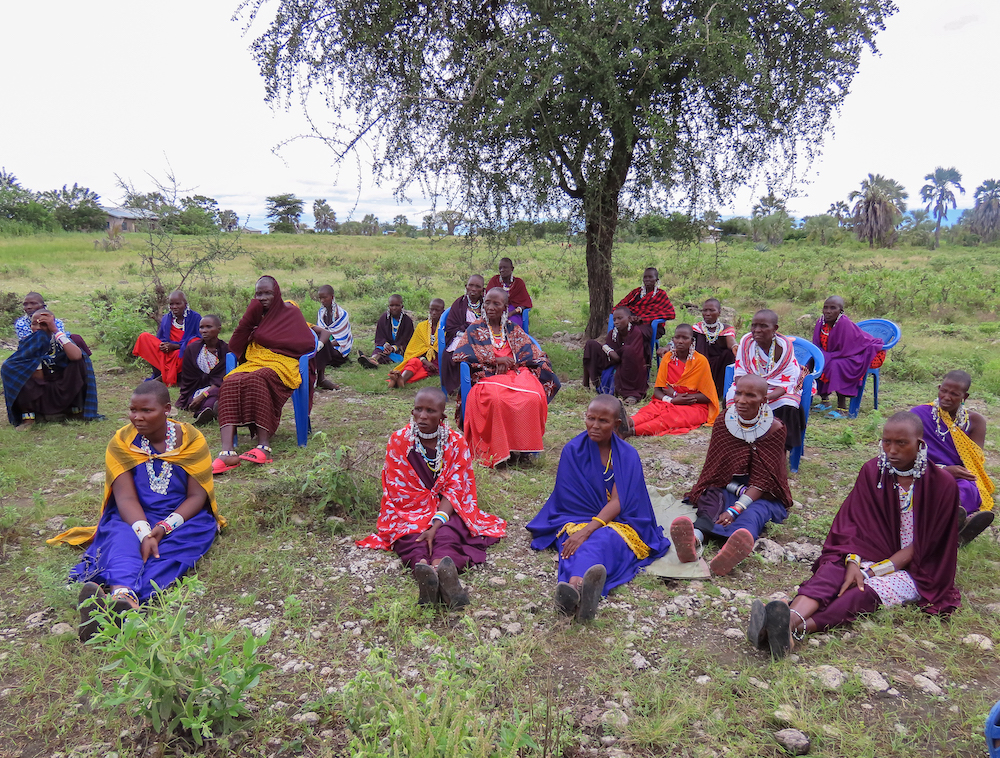

Maasai Pastoralists: Context And Analysis
The Maasai Women Development Organization-MWEDO aims to make significant contribution towards Tanzania Development Vision 2025 and the Tanzania Poverty Reduction Strategy through the provision and improving access to income and Gender equality for the underserved Maasai women and girls. Both of the Tanzania country strategies identify with quality livelihoods for all. It states that the key elements of high livelihoods are that racial and gender imbalances will have to be redressed for positive economic growth and sustainable livelihoods.
A MWEDO strategic objective focuses on stimulating economic growth, Access to education and Maternal health and promotion of human and cultural rights amongst the Maasai communities of Tanzania.
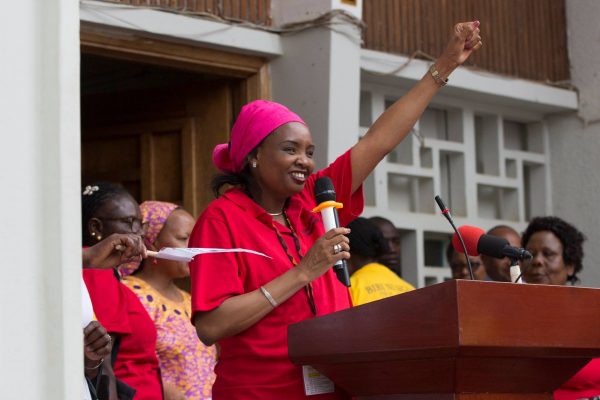
Tanzania has a total population of about 43,600,000 people (CIA World Fact Book 2012) with the population growth rate of 2%. The majority of the population (89%) lives in rural and semi-urban areas as small-scale farmers and pastoralists. Pastoralists comprise of about 4% of the total population (over two million people), most of whom are from the Maasai ethnic group.
Maasai have historically been known as pastoralists who travel seasonally to seek grazing for their animals.
The Maasai number about two million people living mostly in the North-Central area of Tanzania. The pastoral Maasai inhabit land of about 63,000 square meters, mostly within Arusha and Manyara regions. Generally, a well-endowed region, Arusha is the centre of many businesses in Tanzania including tourism, large-scale farming, and mining.
Arusha is also the centre for the East African Community and Development and the great Lakes Tribunal. The region includes many of the country’s national parks and game reserves, which are major tourist attractions in East Africa, and a large source of foreign exchange. The growth of the tourism industry, agriculture, and mining are having both positive and negative impacts on the indigenous Maasai people who continue to reside within the boundaries of this region.
Historically, the Maasai were considered “pure” pastoralists who relied almost solely on livestock and livestock products for household livelihood, but over the past thirty years, they have increasingly sought alternative sources of food and cash income by marketing their cattle and even entering into agriculture. More recently, these changes have accelerated because of drought and degradation of grazing lands from the competition of multiple uses for the land, such as tourism and farming.
During this is a period of accommodation and exploration, as many Maasai are entering into trades and professions previously considered taboo or inappropriate. For example, Maasai have taken jobs within the tourism sector, typically as game guards or as purveyors of “authentic” cultural practices; others are turning to small-scale farming and ranching. The ability of the Maasai to benefit from emerging economic opportunities, however, is hindered by a weak transport and communication infrastructure, which worsens during each rainy season. Roads are few and often in desperate need of repairs. Access to health services and schools is poor. Markets are weak and not easily accessible. Increasingly, the pastoralist communities are economically and socially marginalized.
